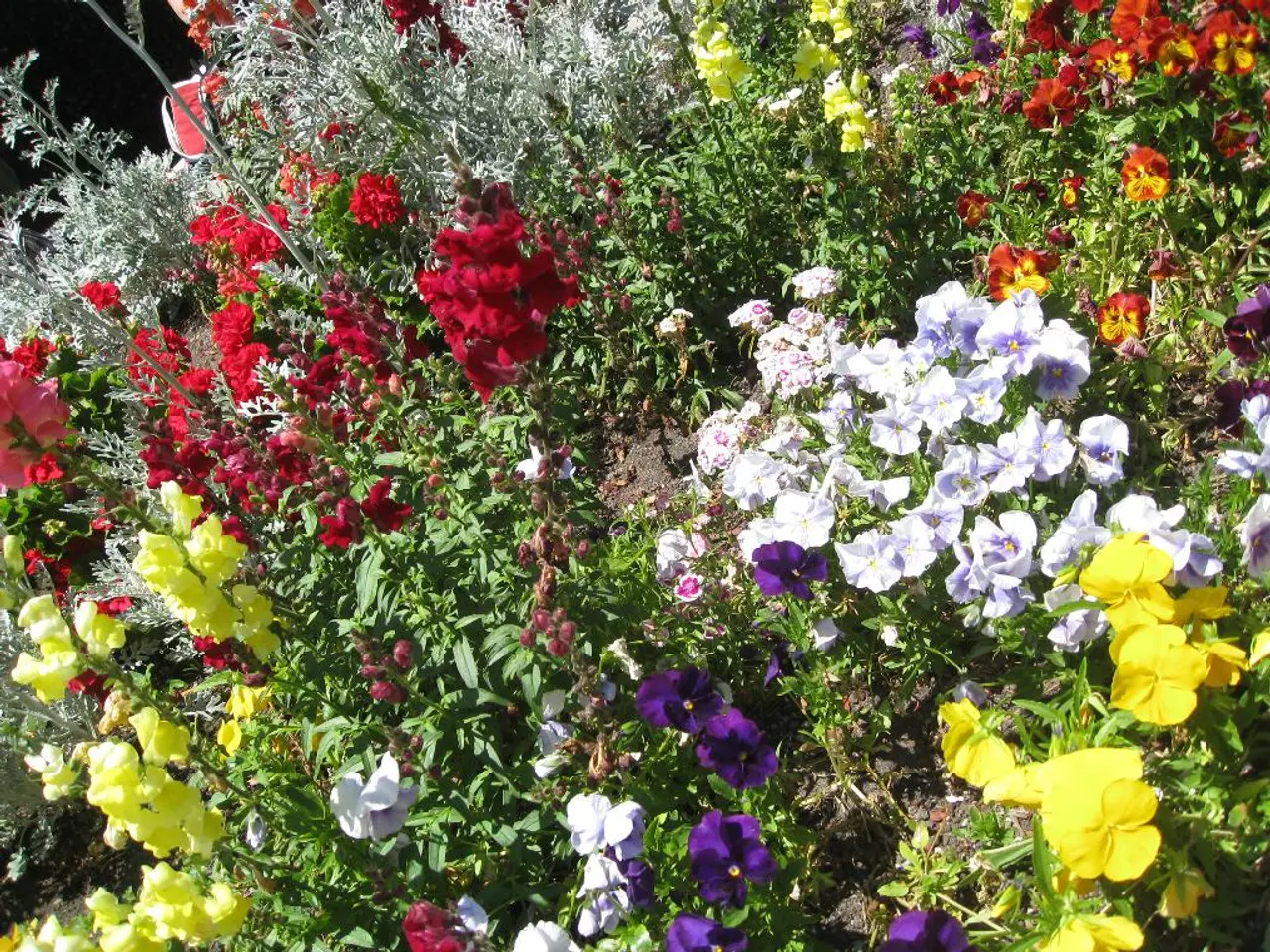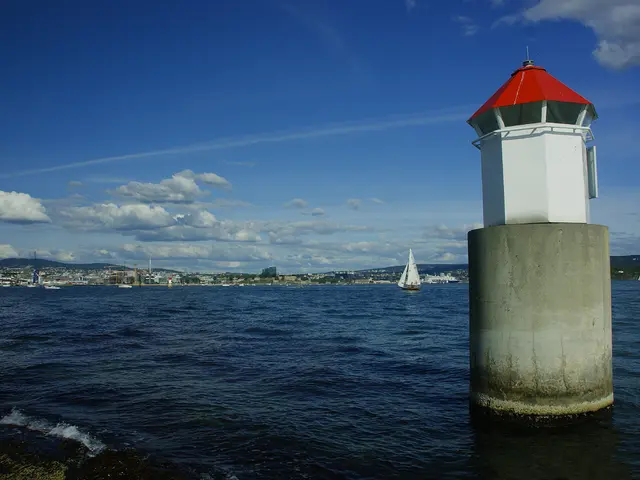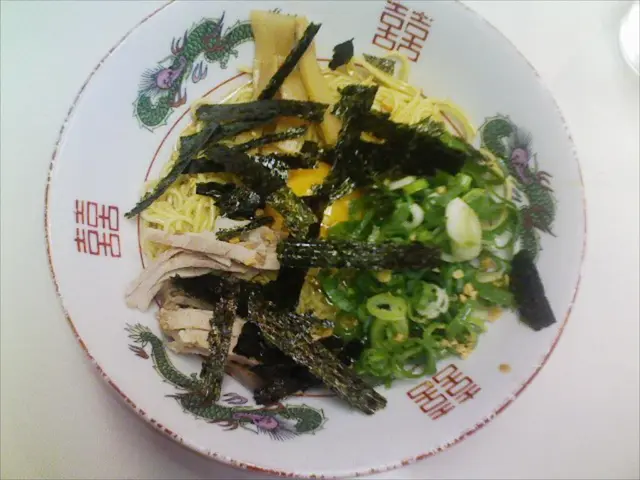Blooming Beauties: 15 American Summer Flowers Perfect for Your Backyard Garden
For those eager to embark on a wildflower gardening journey, here are some top choices that offer a harmonious blend of easy growth, attractive blooms, and beneficial wildlife support.
**Black-Eyed Susan** (*Rudbeckia hirta*) boasts bright golden-yellow petals with dark centers and blooms from midsummer to mid-fall. This biennial or short-lived perennial is fast-growing and self-sowing, making it an ideal pick for beginners.
**Purple Coneflower** (*Echinacea purpurea*) stands tall with purple-pink petals surrounding a spiky cone. This long-lived perennial is also self-sowing and thrives in USDA zones 4-8.
**Joe Pye Weed** (*Eupatorium spp.*) offers tall pink-purple flower clusters and is a favourite among bees and butterflies. This hardy wildflower prefers moist soil but can tolerate drier areas, making it adaptable to a variety of garden conditions.
**Wild Columbine** (*Aquilegia canadensis*) adds a touch of delicacy with its red and yellow downward-facing flowers shaped like bells. This wildflower prefers part shade, organically rich, moist soil, and chill requirement, making it suitable for woodland-type settings.
**Indian Blanket** (*Gaillardia pulchella*) brings vibrant red and yellow daisy-like flowers to the garden from early summer. This drought-tolerant annual or short-lived perennial is self-sowing and deadheading can help prolong its bloom.
### General Care and Planting Tips
To ensure success, consider these general care and planting tips:
- **Planting Time:** Plant in early spring after the last frost for annuals and perennials, or in late fall for perennials to maximize germination and growth season. - **Soil Preparation:** Choose well-drained soil, remove competing weeds, and ensure good seed-to-soil contact when sowing seeds. - **Sun Exposure:** Most wildflowers thrive in full sun (at least 6 hours daily), but some like wild columbine do better in part shade. - **Watering:** Keep seeds moist until they germinate. Once established, many native wildflowers require minimal watering. - **Maintenance:** Deadhead spent flowers to extend blooming periods, and allow some self-seeding for natural garden spread. - **Pollinator Support:** These wildflowers attract bees, butterflies, hummingbirds, and birds, enhancing both beauty and biodiversity.
With these top choices and general care tips, beginners can create a vibrant, wildlife-friendly garden that brings joy and supports local ecosystems. Happy gardening!
- For a dynamic home-and-garden lifestyle, consider planting Black-Eyed Susan, Purple Coneflower, Joe Pye Weed, Wild Columbine, or Indian Blanket – wildflowers that offer a harmonious blend of attractive blooms and beneficial wildlife support.
- It's important to plant these flowers in the right season; sow the seeds for annuals and perennials in early spring after the last frost, or plant perennials in late fall for optimal germination and growth.
- Prepare the soil by choosing well-drained, organic-rich soil, removing competing weeds, and ensuring a proper seed-to-soil contact.
- Most wildflowers thrive in full sun, but provide partial shade for Wild Columbine, as it prefers woodland-type settings.
- Keep the seeds moist until they germinate, and water them minimally once established.
- To support pollinators and extend blooming periods, practice deadheading, allow self-seeding for a natural garden spread, and enjoy the arrival of bees, butterflies, hummingbirds, and birds in your garden.





